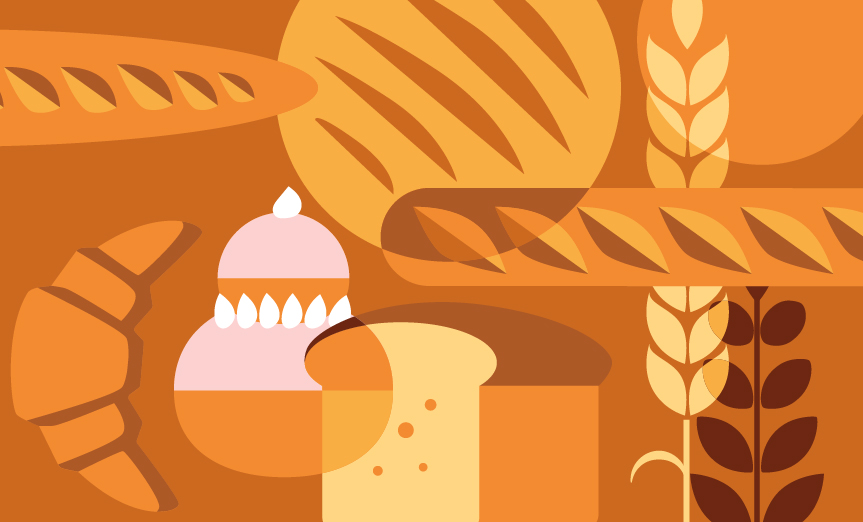48 hours in Nancy
Great East/2022

© Alexi Tauzin
The warmth of northern cities, the fervor of southern ones... Nancy is like no other. Its inhabitants know this, living year-round in the midst of constant cultural, artistic, sporting and gastronomic activity. Here, the intermingling of architecture and styles has created a unique setting.
Place Stanislas, once again the beating heart of the city thanks to the renovation work carried out for its 250th anniversary, is the ideal starting point for visiting Nancy. Since 2005, goodbye to asphalt, greyness and cars. An old paving stone in the pocket for a symbolic euro - the old granite slabs were sold - and locals and tourists alike discovered a dazzlingly white space, encircled by its unmistakable wrought-iron gates. Designed by Stanislas, King of Poland, Duke of Lorraine and father-in-law of Louis XV, the square was built by architect Emmanuel Héré in three years, between 1752 and 1755.
The statue of the sovereign is enthroned in the center, surrounded by the town hall and the other princely pavilions, also renovated, which house the opera house, the Grand Hôtel de la Reine (where we recommend you stay, of course) and the Musée des beaux-arts. The latter houses a superb collection by Daum, the local crystal maker, and is hosting the "Impossible Architectures" exhibition until March 19, 2023. The Place Stanislas, Arc Héré, Place de la Carrière and Place d'Alliance have been listed as UNESCO World Heritage sites since 1983.
However, Nancy's history goes back much further. Its medieval past resurfaces in the Saint-Epvre district, with a neo-Gothic basilica, a Renaissance ducal palace, the Cordeliers church and the Porte de la Craffe, a vestige of the fortifications. This historic and picturesque district, with its many nooks and crannies, is a popular place for students from neighboring universities and colleges. Lorraine's capital is also rich in modern history. The creation of the Ecole de Nancy, the cradle of Art Nouveau, turned the town into a veritable open-air construction site between 1890 and 1914. Every bourgeois, merchant and industrialist wanted a house in the style imagined by Louis Majorelle and Émile Gallé. Today, the town proudly bears the traces of their work in numerous buildings, whether spectacular, as in the Parc de Saurupt, where six villas - the only ones built out of a project of around a hundred for a fantasized garden-city district - bear witness to boundless inventiveness, or more discreet, with here and there a stained-glass window or ironwork on the façade of a building. "Art for all, and art in everything", claimed the Art Nouveau movement. The Musée de l'École de Nancy and the Villa Majorelle are must-sees. The latter, renovated in 2020, is a veritable manifesto, from its furniture to its architecture, stained glass and ironwork. Also not to be missed are the Art Deco houses, again around the Parc de Saurupt, and that of one of the masters of contemporary architecture, Jean Prouvé, who lived here until the end of his life. Built in one summer on the city's heights, this modern building with its sharp lines has become iconic, and the city of Nancy has paid tribute to this native of the region - Jean Prouvé was born in Paris, but came from a Nancy family - and co-founder of the Union des Artistes Modernes, by dedicating the imposing Palais des Congrès to him. What was once a postal sorting center built in the late 1960s by Jacques André and Claude Prouvé (son of... and son-in-law of the former) has been saved from demolition and fully renovated. An architectural millefeuille that proves, if proof were needed, that Nancy was, and still is, a playground for many architects.

Open

Open


Open

Open
Food products, kitchen equipment, tableware, service solutions...
See the full list of partners who place their trust in Gault&Millau
All our partners
Become
a Partner
LEARN MORE













































